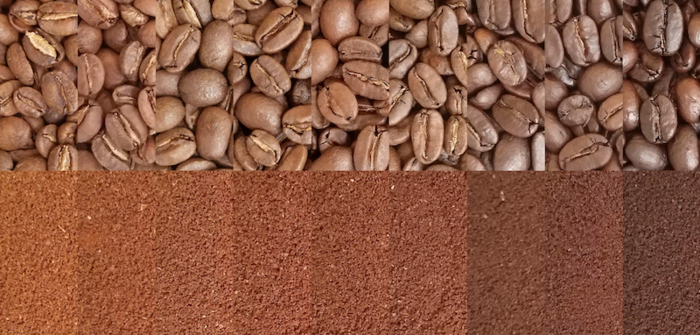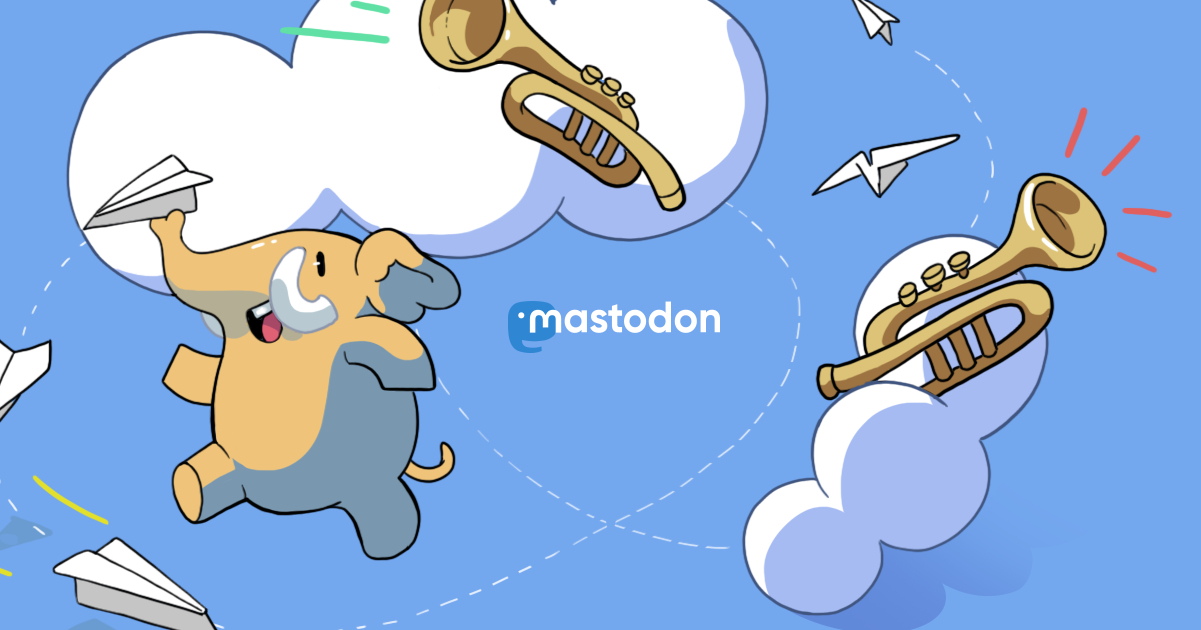
All my todos are removed from chapter 1. I'm hoping to do the same with the rest of the book and get it out for technical review about a week from now. While I'm waiting on feedback I'll be spending more time on the business side of getting ready to sell the book. Hopefully everything goes smoothly and people can get the finished book early March. In the final stretch.
Picked a name for my publishing company, purchased ISBNs. I'll be publishing my books through Roasting Book Press. The name didn't seem to be taken and I already own the domain.
I'm trying to be selective here, preferring things that are easy to find and affordable (free is considered affordable) rather than packing in a ton of citations to out of print stuff that exists in maybe 2 or 3 libraries in the US or stuff in expensive paywalled journals.
Rather than a terse bibliography I've decided to go with a section at the end of each chapter with recommendations for further reading that goes into a little more depth in terms of what you should be looking for in other resources so the reader can better decide if that's something that's going to be useful for them.
20200213_221342.jpg
20200213_221425.jpg
I suspect that even better results would be available if the control algorithm were changed to operate on cubic splines instead of linear splines when matching exhaust temperatures, but since I'm not about to try reverse engineering a firmware upgrade for the machine to create that capability the closest I could do to test that would be using a stupidly large number of control points input through a phone app that's very clearly not designed for plans that detailed.
You'll get less coffee to coffee variation on interior degree of roast and less astringency distracting from what's really available in the cup.
Added a few more pages of book now that I've finished the analysis of last weekend's experiment. If you're working on an IKAWA Pro V3 sample roaster, I can now pretty confidently say that you should draft your control plans based on exhaust temperature which within similar control strategies correlate better with significant roasting events, but then export that data to your favorite spreadsheet and design a simpler inlet temperature control plan.
- Software
- https://typica.us
- Send Money
- https://typica.us/payment.html
Author of Typica software for coffee roasters.
